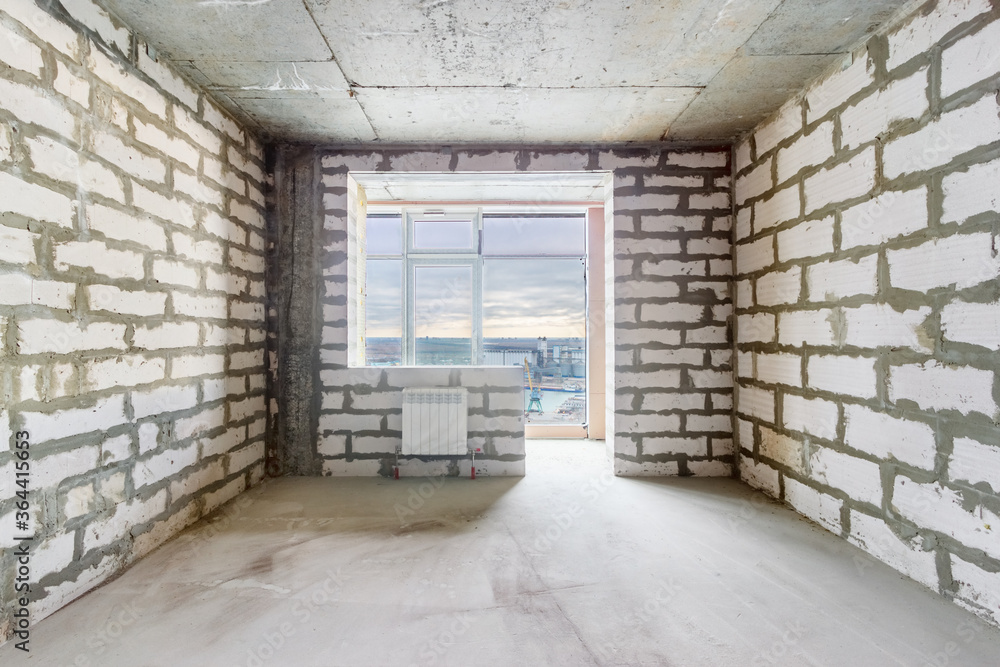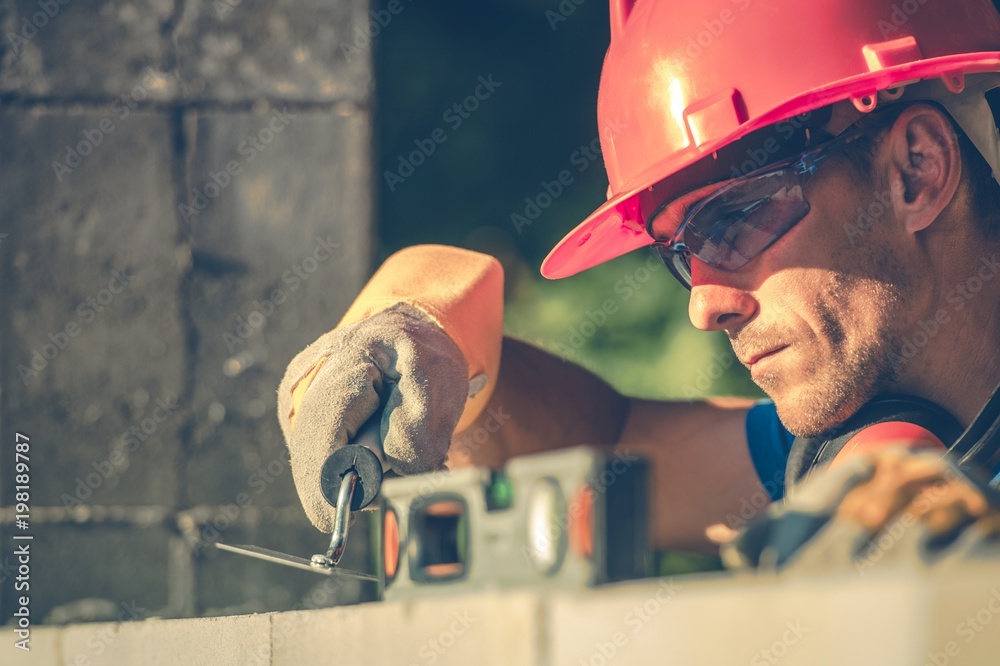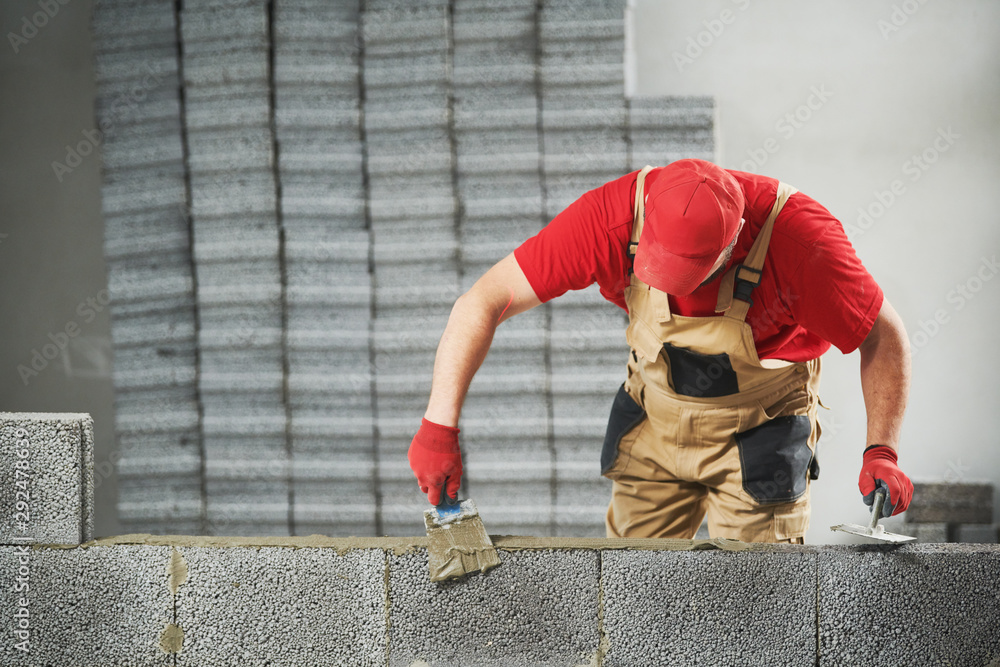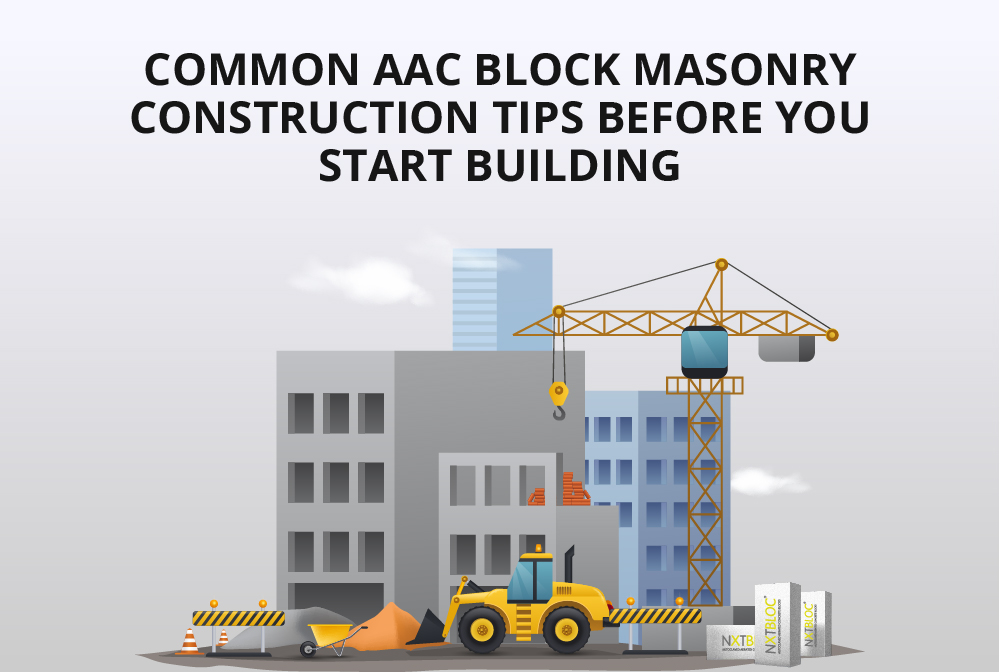It’s no secret that before any large machinery or equipment can be put into use; there are some situations that require attention. For example, commissioning and maintenance of the equipment.
For AAC block construction, a series of commissioning is also required during construction. When AAC blocks are used in building construction, they make excellent exterior wall surfaces as well as foundations for buildings. To help people construct buildings with good strength and durability, they need certain information on how they can build buildings using AAC blocks without any discrepancies.

In the construction industry, there are some tips and tricks that can make a huge difference. One of them is the use of AAC block before and during masonry.
Before AAC Block Masonry
- Masonry blocks should be handled with care. When transporting and loading, it’s important to avoid dropping, throwing or tipping buckets so that the blocks don’t get damaged
- When you’re working on a construction site, it’s important to take precautions against the weather. During summer and spring, for example, AAC block masonry should not be stacked in the open air. They should instead be stacked in a covered place, like under a roof or in an enclosed area with higher terrain, good drainage treatment and ventilation.
- Maintaining a clean, organized workspace is essential for your success. AAC blocks are an excellent product, but they can become damaged if you don’t take the time to organize and maintain them.
- You should also arrange for a 28-day maintenance period before AAC blocks are put on the wall for masonry. This gives you time to make repairs or adjustments if necessary, and it gives the construction team time to remove any debris from the site before they begin work.
- Before beginning AAC block masonry, you should calculate the number and size of tiles and rows according to the size of the blocks on which they will be laid. You should also check and correct all complementary tie reinforcement before pouring a concrete slab.

During AAC Block Masonry
- As a general rule, AAC block walls are not recommended for use in toilet and bathroom work. This is because AAC blocks are susceptible to moisture from sewage, rainwater and other sources.
- Water penetrating the block wall can cause a serious structural problem. For example, if sewage contains high amounts of nitrogen and phosphorus, which can damage AAC blocks, those materials could get into the structure of the building through cracks in the wall.
- This is a common mistake, and it can be quite dangerous. A brick knife cuts bricks using a saw blade to slice through them. However, this is not how you cut blocks with a brick knife—blocks should be cut with a saw.
- Tie bars must be installed at the junction of the wall or column and block. The vertical distance between the tie bars should be 600mm
- You should be adding a stiffening column every three meters in length.
- The use of AAC blocks in load-bearing structures without the use of beams and columns can be dangerous. Although the practice is common, it should be avoided because there are many other options that can be used to solve the problem.
- Do not use a 1:4 rich mortar when mixing your concrete, as this will cause the wall to shrink and create cracks. Mortar should be mixed in a ratio of 1:6.
- Silicate cement is a very good choice when it comes to getting better results. It is more durable, and it will last longer than other types of cement. When you use silicate cement, you will be able to get the results that you want more quickly and easily.
- The concave and convex parts of an AAC brick exterior wall are designed to drain water from the horizontal direction (such as line footing, rain cover, eaves, window sill, etc.) to avoid water accumulation.

Conclusion
Masonry is a key element in producing AAC blocks, but it’s not always easy to identify or measure how well it’s being done. This is why it’s important to make sure everyone working on this step has complete confidence in their ability to do it properly, which will help improve quality and efficiency throughout the entire process.
AAC material is gaining widespread popularity as an eco-friendly alternative to conventional concrete building products. AAC blocks are an exceptional building material. They can be used to create houses and buildings of all varieties, and they offer numerous benefits over conventional construction methods.
NXTBloc has become one of the most preferred companies for all your construction needs. We combine thoughtful design, top-quality products, and precise service and delivery. Whether you’re looking to replace your old concrete walls with AAC blocks, are planning on constructing an entire new home, or need a new construction office to start your work each day – we have you covered!
